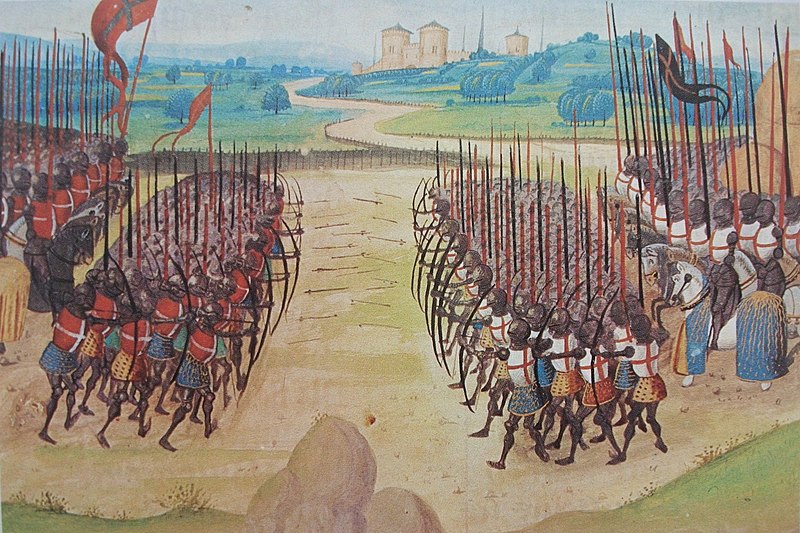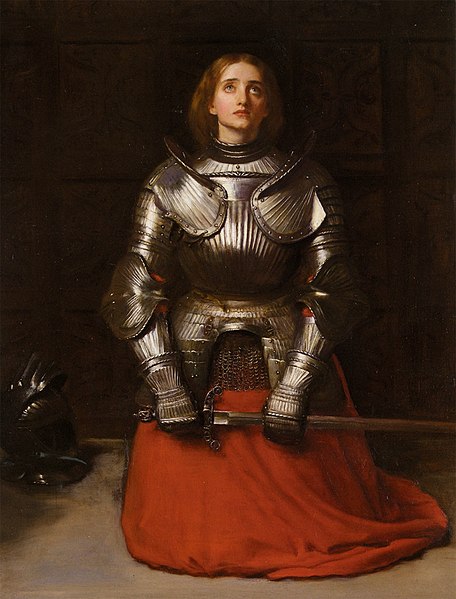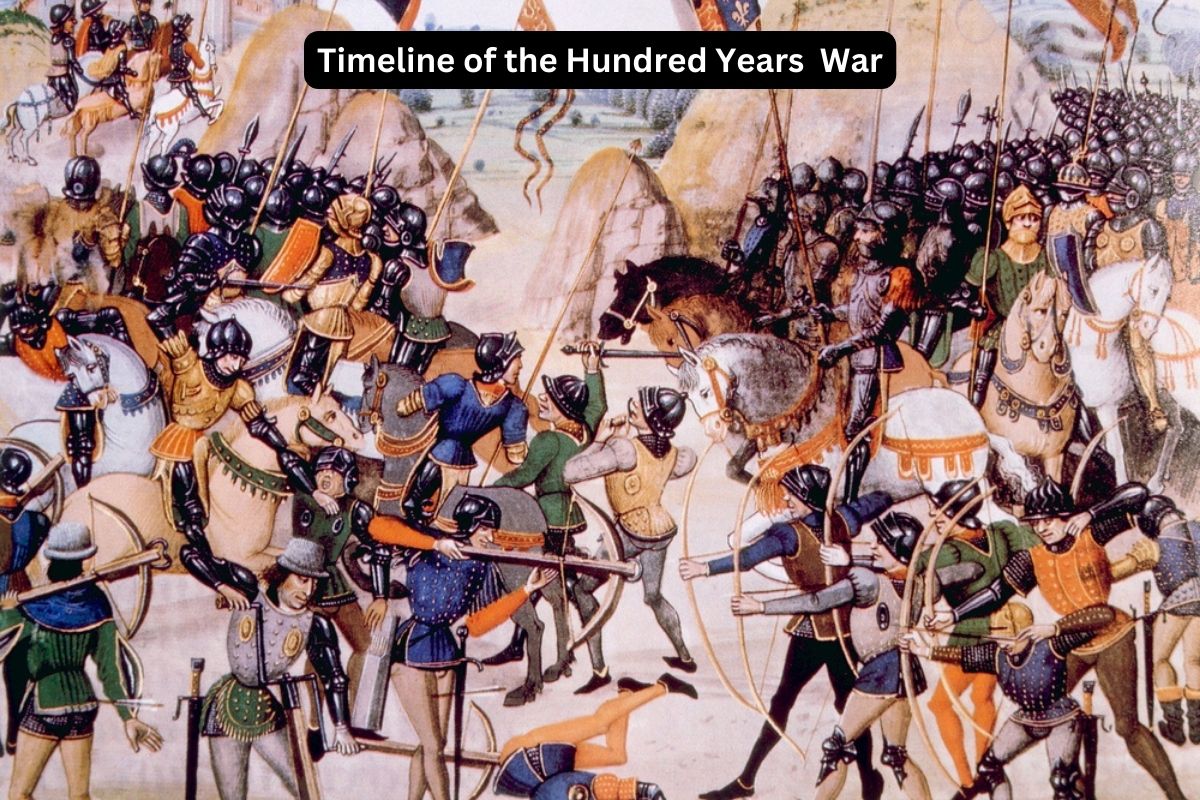The Hundred Years’ War, spanning from 1337 to 1453, was a protracted and complex series of conflicts between the Kingdom of England and the Kingdom of France, along with their respective allies.
Despite its name, this war actually endured for 116 years and had profound political, military, and social consequences for both nations. It featured notable events such as major battles, the emergence of iconic figures like Joan of Arc, and shifting alliances.
The war ultimately reshaped the dynamics of medieval Europe, contributing to the rise of nationalism and the transformation of military tactics, and it significantly impacted the histories of England and France during this period.
| Year | Event |
|---|---|
| 1337 | Outbreak of the Hundred Years’ War |
| 1346 | English victory at the Battle of Crécy |
| 1356 | English victory at the Battle of Poitiers |
| 1360 | Treaty of Brétigny ends the first phase of the war |
| 1369 | Renewed hostilities in the second phase |
| 1415 | English victory at the Battle of Agincourt |
| 1420 | Treaty of Troyes recognizes Henry V as heir to the French throne |
| 1429 | Joan of Arc emerges as a key figure |
| 1431 | Joan of Arc is captured and executed |
| 1435 | Treaty of Arras weakens the English position |
| 1449 | French recapture Normandy from the English |
| 1453 | French victory at the Battle of Castillon ends the war |
The Hundred Years’ War Timeline
1337 – War begins
The Hundred Years’ War commenced in 1337 when long-standing tensions between the Kingdom of England and the Kingdom of France erupted into open conflict.
The primary cause was England’s claim to the French crown, based on King Edward III’s familial ties to the French monarchy through his mother, Isabella of France.
Also Read: Joan of Arc Accomplishments
This dynastic dispute and the question of succession became a central point of contention, setting the stage for a century-long struggle.

1346 – Battle of Crécy
One of the early turning points in the war occurred in 1346 with the Battle of Crécy. Here, the English forces, under the leadership of King Edward III and his son, the Black Prince (Edward of Woodstock), achieved a significant victory over the larger French army.
Also Read: Joan of Arc Facts
This battle showcased the effectiveness of English longbowmen and marked the beginning of a series of English successes in the conflict.
1356 – Battle of Poitiers
The Battle of Poitiers in 1356 was another pivotal moment in the early phase of the Hundred Years’ War. Once again, the English, led by the Black Prince, emerged victorious.
During this battle, the French King John II was captured, resulting in a temporary truce known as the Treaty of Brétigny in 1360. This treaty saw England gain control of substantial French territories, including Aquitaine, Calais, and Gascony.
1360 – Treaty of Brétigny
The Treaty of Brétigny, signed in 1360, marked a temporary pause in hostilities during the Hundred Years’ War. It established the terms for a truce, allowing both sides to catch their breath.
Under this treaty, England secured extensive territorial holdings in France, but the conflict would eventually reignite, leading to further phases of the war and renewed tensions between the two kingdoms.
1369 – Renewed hostilities
The Treaty of Brétigny did not bring a lasting peace, and by 1369, hostilities resumed, marking the beginning of the second phase of the Hundred Years’ War.
The truce had merely been a temporary respite, as both England and France continued to assert their claims to the French throne. This phase of the war saw a renewed series of battles and skirmishes as both sides sought to gain the upper hand.

1415 – Battle of Agincourt
A significant English victory occurred at the Battle of Agincourt in 1415. Under the leadership of King Henry V of England, English forces decisively defeated a much larger French army.
The battle showcased the effectiveness of English longbows and disciplined infantry formations. Henry V’s victory at Agincourt strengthened England’s position in the war and allowed them to make territorial gains in northern France.
1420 – Treaty of Troyes
The Treaty of Troyes, signed in 1420, marked a critical juncture in the Hundred Years’ War. This treaty recognized Henry V of England as the legitimate heir to the French throne and arranged for his marriage to Catherine of Valois, the daughter of the French King Charles VI.
This alliance complicated the war’s political dynamics, as it pitted factions in France against each other, with some supporting the English claim to the throne.
1429 – Joan of Arc’s rise
Joan of Arc, a young French peasant girl, emerged as a key figure in the latter stages of the war. Her remarkable story includes lifting the siege of Orléans and facilitating the coronation of Charles VII of France at Reims in 1429.
Joan of Arc’s military and spiritual leadership had a significant impact on French morale and the course of the war, inspiring the French forces and undermining the English position.

1431 – Joan of Arc’s capture and execution
The year 1431 marked a significant turning point in the Hundred Years’ War with the capture and subsequent execution of Joan of Arc by the English.
After a series of military successes and inspiring leadership, Joan of Arc was captured by the Burgundians, who were allies of the English.
She was then handed over to the English, who put her on trial for heresy and witchcraft. Joan was found guilty and burned at the stake in Rouen. Her death was a major loss for the French, as she had become a symbol of hope and inspiration for their cause.
1435 – Treaty of Arras
The Treaty of Arras, signed in 1435, had a significant impact on the political landscape of the Hundred Years’ War. This treaty saw the Burgundians, who had previously been allied with the English, switch their allegiance to the French.
The reconciliation between the Burgundians and the French crown weakened the English position in France, as it deprived them of a crucial ally. The shift in alliances altered the dynamics of the war and further complicated the conflict.
1449 – French recapture Normandy
In 1449, the French achieved a major military success by recapturing Normandy from the English. This marked a significant territorial loss for England, as Normandy had been under their control for much of the war.
The fall of Normandy to the French was a key step in the gradual erosion of English holdings in France and a sign that the momentum of the war was shifting in favor of the French.
1453 – Battle of Castillon, end of the war
The Hundred Years’ War came to a formal end in 1453 with the Battle of Castillon. This battle, fought in Aquitaine, resulted in a decisive victory for the French and marked the final English defeat in the war.
Following the Battle of Castillon, the English were gradually pushed out of their remaining French territories. While Calais remained in English hands for a few more years, it too was eventually lost in 1558.
The end of the Hundred Years’ War brought an end to a long and costly conflict that had reshaped the political and social landscape of both England and France.
